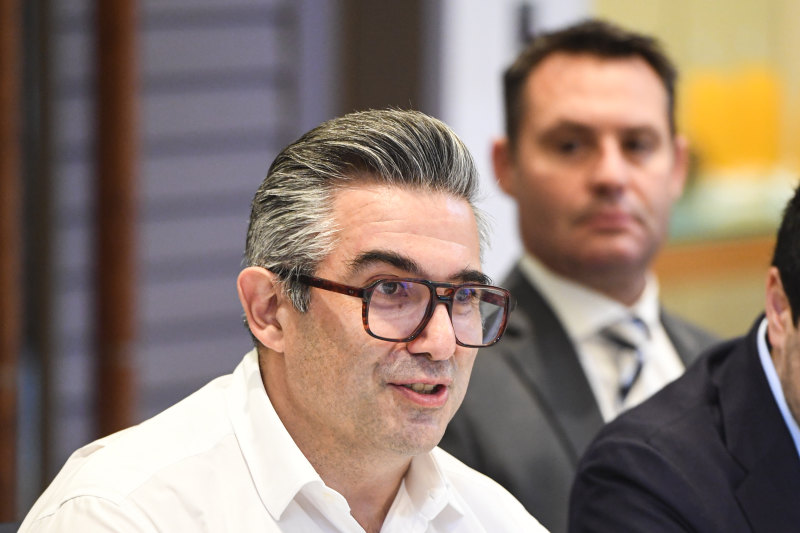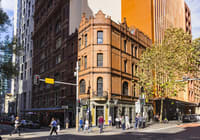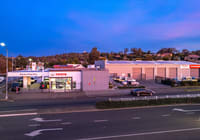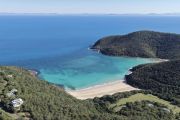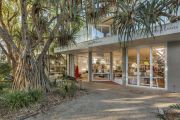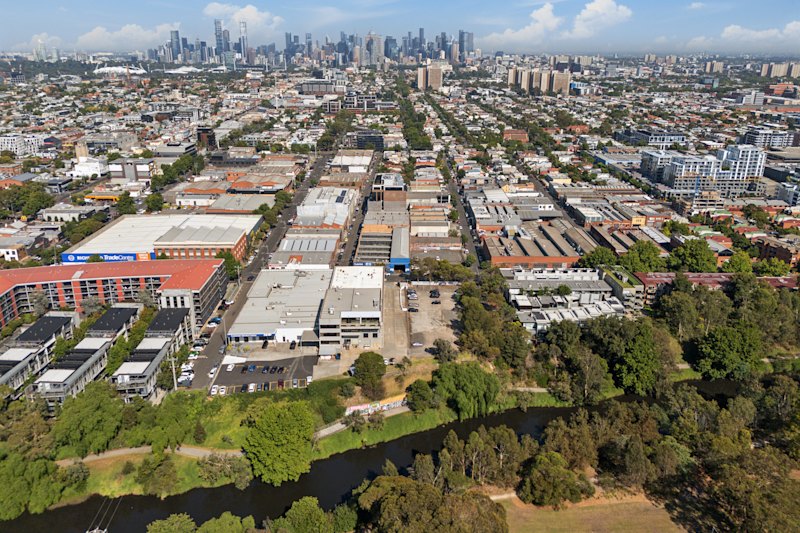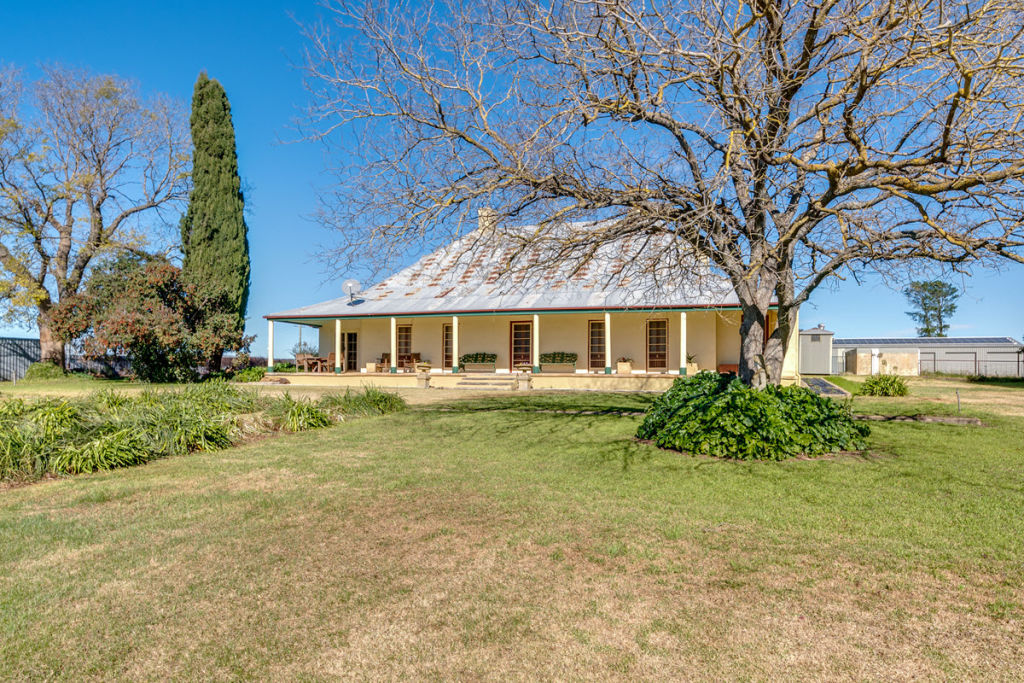
Inverary Park, one of the oldest farms in Australia, is being sold after more than 160 years
One of the oldest rural properties in the country, in the same family for five generations, has gone onto the market for the first time since 1853 – and in its 200th year.
The 460-hectare farm Inverary Park, near Goulburn in the NSW southern highlands, was first settled in about 1821 by a surgeon who had served on the convict ships coming out from England and been granted land in recognition of his service, according to research done by the current owners.
Dr David Reid had been lauded for his insistence that the ships visit ports to pick up fresh fruit and vegetables to prevent scurvy among the prisoners, which had slashed mortality rates on board.
He had a slab hut built on the property in about 1824, which is still there and is today considered by archaeologists to be one of the earliest timber houses in NSW.
Then in 1834, he had the present-day homestead built by convicts out of pit-sawn timber and locally quarried stone.
Back then the farm was at the centre of a bustling village of wheelwrights, tanners, carpenters, blacksmiths, shoemakers, workers’ families, governesses, kitchen hands, housemaids and gardeners, with 400 cattle and 2700 sheep. A length of wool was even sent over to King George IV in England, with the king then granting Dr Reid five merinos to add to his flock.
In 1853 the property was sold to David Broadhead, the great-great-grandfather of the current owner, Phillip Broadhead, 69, who lives there with his wife Diane, 56.
“We are very sad to finally sell it, but our children aren’t really interested in continuing, so it’s time,” Ms Broadhead said.
“We’ve raised a sixth generation here, with five children between us, but we’re getting older, and none of them are really interested in agriculture.
“It’ll be hard to go, but I’m now writing a book about its history as it’s such a fascinating place. It’s a beautiful property and we hope someone else will now enjoy it as much as we have.”
Inverary Park, close to Bungonia, within two hours of Sydney and one and a half hours of Canberra, is up for auction on August 17 with a price guide between $6 million and $7 million, unless sold beforehand.
The 400-square-metre, six-bedroom homestead has walls over half a metre thick. The original drawing room is now the main bedroom and has french-style cedar doors opening onto a convict-built, three-metre-wide sandstone porch. The four downstairs rooms all have large open fireplaces.
It’s considered so iconic that it features in the book Early Colonial Houses of New South Wales, by Rachel Roxburgh.
There are two outbuildings on the property as well as the original slab hut, a shearing shed and shearers’ quarters, a workshop, a spring, nine dams and 200,000-litre water tanks. An airstrip could easily be added.
“We’ve had a lot of interest in it already, with people making early offers,” said @Realty agent Elias Sleiman. “It’s such an intriguing place with so much history and, as well as the sheep and cattle, it was one of the first wheat farms in Australia.
“You walk onto the property and it just feels amazing. The current owners have Angus cattle and sheep but no longer grow wheat. But there’s plenty of water, and it could be good for anything, holding up to 250 head of cattle.”
Inverary Park is attracting interest from local graziers as well as potential buyers from Sydney and Melbourne looking for a lifestyle property.
Diane Broadhead, who’s now moving to a smaller property nearby with her husband, believes whoever buys it won’t ever be sorry. “You can get so enthralled by all the history here,” she said.
“We think the land was first sighted by explorers as early as 1798, from the notes made by the deputy surveyor of the colony James Meehan, and then it was written about again in 1818 by a party of explorers sent out by Governor Lachlan Macquarie.
“We’ve been through a lot of emotions, and wondering if we should stay, but we know we’ve got to do this. The homestead is huge, far too big for us now. But we’ll certainly miss it.”

